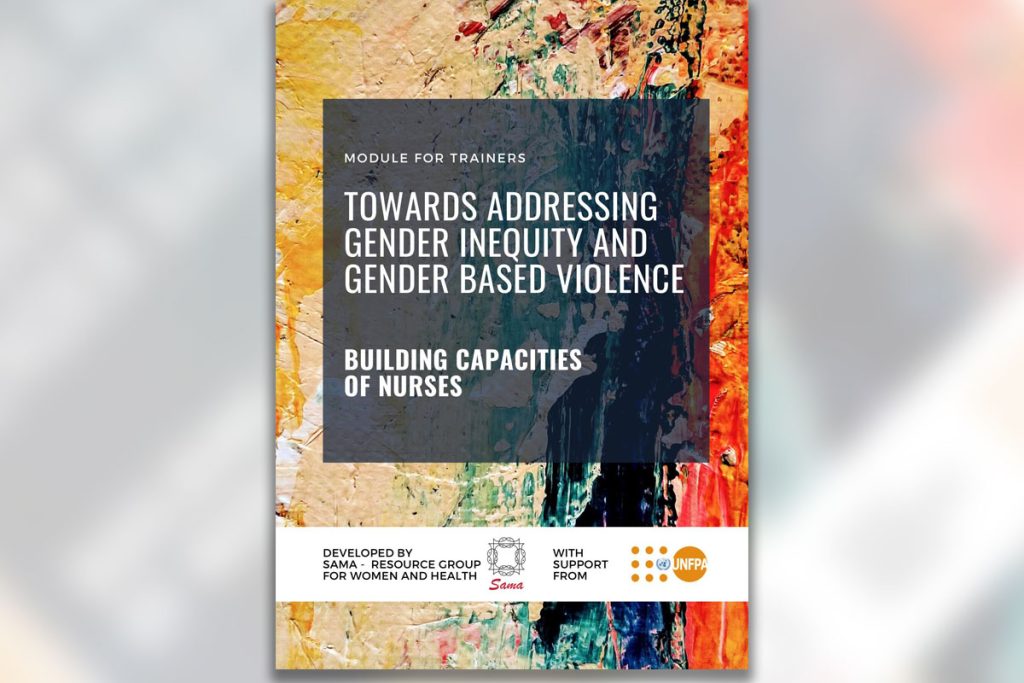
As part of a series of training modules, Towards Addressing Gender Inequity and Gender-Based Violence, which we have been developing for healthcare providers, we are happy to present the module for the training of Nurses.
We designed these modules for healthcare providers, as Sama sees GBV as a public health concern and emphasises the health system’s responsibility to address and prevent it. Healthcare settings are a primary point of contact for survivors seeking assistance, even if not explicitly for violence. By enhancing the capacities of healthcare providers at different levels, the health system can make use of its position to create a safe environment for identifying situations of violence, providing treatment and care to minimise the impact of violence, and linking them to the appropriate duty-bearer for other needs and support.
Within health facilities, patients or support seekers predominantly interact with nurses, who serve as a primary and frequent point of contact for delivering most of the treatment and care. Nurses, holding this pivotal role in the health system, can significantly contribute to creating an enabling environment to address GBV.
The training module is conceptualised to build an understanding of gender, gender norms, and GBV as a public health issue. It also aims to build knowledge of the legal mandates of healthcare providers in responding to GBV. Some of the issues raised in the module thoughtfully encourage reflection on personal beliefs and convictions to foster positive change.
The module comprises six themes, which are further divided into sessions, each accompanied by a guiding script for the trainer and an estimated time required for completion. In total, the training is anticipated to last around 14 hours, offering flexibility for planning. It can be conducted over 2-3 days of offline training or divided into half-day sessions spread over several weeks.
While timings are indicated, trainers are encouraged to be sensitive to the needs of the group, allowing flexibility for longer discussions on specific sessions and shorter ones on others as needed. Trainers and healthcare providers are encouraged to use this manual as a guide, adapting it to their specific contexts and participants attending their training.
View or download the Module for Nurses
Other modules in this series: for Medical Officers | ASHAs



